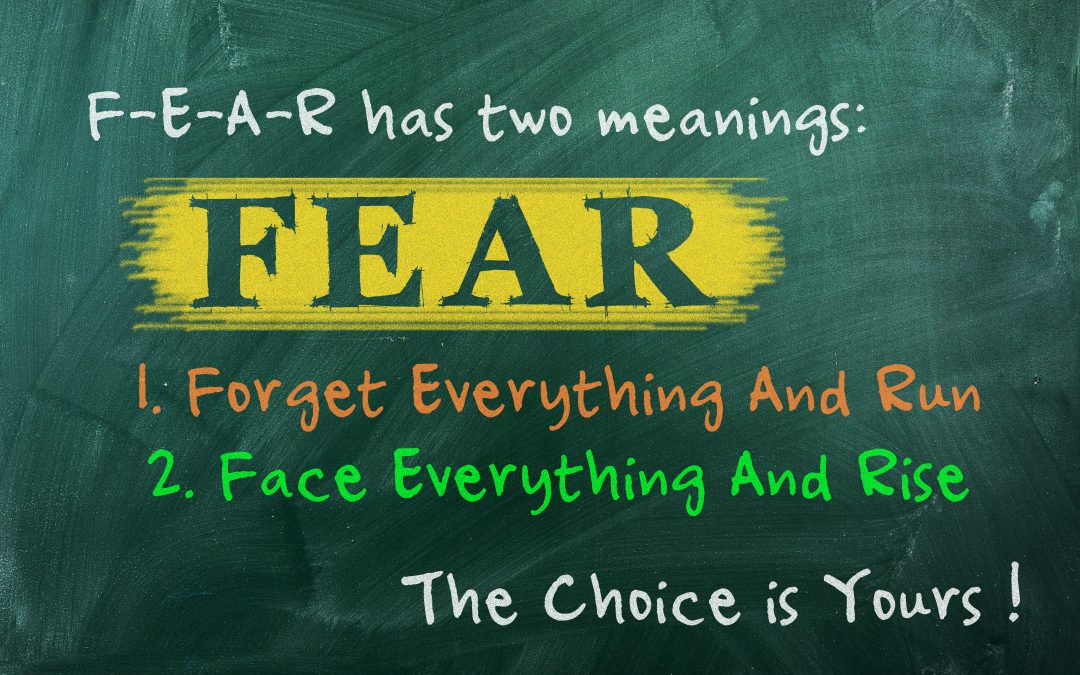What are you most afraid of? The answer to this thought-provoking question could be job loss, abandonment, humiliation, financial destruction, illness, or death, among others.
According to Dr. Beth Plachetka, LCSW, EdD and owner of Safe Harbor Counseling, what we fear controls us. “Trying to control negativity and loss keeps us focused only on negativity and loss,” she explained. “It makes us anxious to try to avoid and eliminate reminders of anything related to our greatest concerns. As a result, we can become distracted, irritable, and restless, sometimes leading to feelings of helplessness and hopelessness. We may develop physical symptoms that lead to anxiety, including a sense of impending doom, a racing heart, hypervigilance, and digestion issues.”
While there are strategies to treat symptoms of anxiety, including mindfulness, breathing techniques, and progressive muscle relaxation, it is more effective to address the fear that causes the anxiety. “Developing a critical thinking approach to any anxiety-inducing fear includes five steps,” said Dr. Plachetka.
1) Identify the fear. List the possible outcomes of the situation, those you want and those you want to avoid.
2) Decide how you want to proceed.
3) Act on it.
3) Evaluate the outcome.
4) Make adjustments if needed.
Fear is a strong motivator. It encourages us to stop and think and act, and empowers us to make decisions. “The only scary thing about fear is when it creates anxiety that prevents reflection and action,” added Dr. Plachetka. “As human beings with an intellect and a soul, we are incredibly powerful. We have the ability and obligation to engage in a continuous cycle of reflection and action.”
Remember the well-known and absolutely true line from President Franklin D. Roosevelt’s 1933 inaugural address: The only thing we have to fear is fear itself. Rather than treat the symptoms of anxiety, let’s take steps to eliminate the cause.
